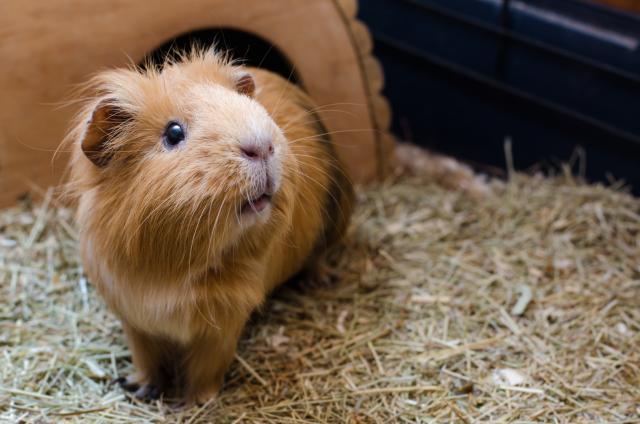There comes a time in life that many parents will dread: when they hear their kids utter the pleading words, ‘‘Can we get a guinea pig?’’
These cute little rodents often become the number one choice as compensation for not owning a larger pet, with parents viewing them as more manageable in terms of space, ongoing care and financial constraints.
However, before introducing guinea pigs to the household, it’s a good idea to steer children towards research and planning. Some online checking will kick off the process, teaching the kids about what to expect, how to specifically care for guinea pigs and explaining the expenses incurred in the purchase of necessary enclosure and accessories. This supports the notions of valuing a new pet, reinforcing that they are not disposable and require long-term commitment.
Unless whipping up a homemade ‘house’, a proper cage (not wire-bottomed) is the first consideration. Next is its placement – guinea pigs are temperature sensitive, needing to stay in temperatures between 15 and 22 degrees celsius, so cages have to be transportable to either sunshine or shade. Leaving them in full sun on a hot day can result in heatstroke and death within an hour. When nights become frosty, they need to be in a warm spot to avoid dangerous colds and pneumonia.
Daily diets are specific and include one cup of fresh veggies (not too-frequent lettuce or cabbage) or fruit, constantly replenished grass or hay without chemicals, a handful of good quality grain mix (no seeds) and plenty of water. Strict herbivores, guinea pigs should never be fed meat, dairy or bread.
Kids need to be firmly taught about the gentle handling of their fragile new friends. Rough play or dropping them can result in not only physical injury but psychological stress that can lead to unusual biting or chewing. Also be aware of excessive handling — everyone needs a rest sometimes.
It can be fun for the kids to choose accessories to brighten up the pet’s environment, but guinea pigs don’t really play; however, they do like exploring. There’s no need to spend money on add-ons when things lying around the house will work: cardboard boxes, shredded newspaper, untreated wood logs, PVC pipes, fleecy rugs, house bricks, large plastic plant pots with doorway cut out, homemade but sturdy ramps, small dog beds.
Good luck!







